Scotsman Ice Machine Troubleshooting: Quick Fixes
Scotsman Ice Machine Troubleshooting can be done by checking the room and water temperature, leveling the machine, deep cleaning it, and inspecting the waterline and regulator valve. It’s also important to check if the power switch is turned on and if the bin is full.
If the ice machine is not making ice, it could be due to a high freezer temperature, a malfunctioning water inlet valve, low water pressure, a clogged water filter, or a need for ice maker replacement. Other potential issues include a dirty float switch or a leaking water valve, which causes a longer freeze cycle.
Consult the Scotsman Ice Machine Troubleshooting Guide or service manuals for further assistance.
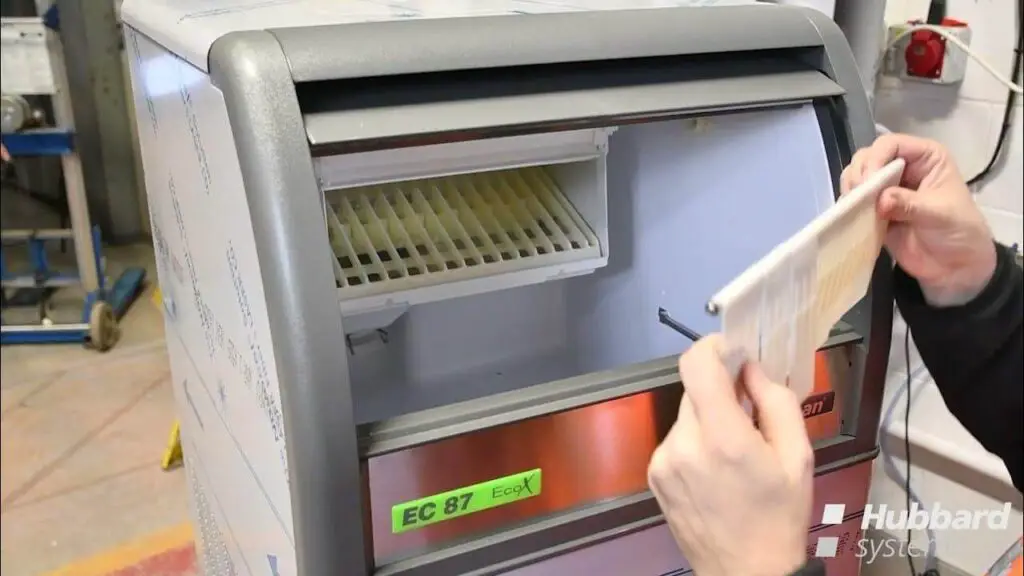
Common Causes For Scotsman Ice Machines Not Making Ice
If you’re experiencing issues with your Scotsman ice machine not producing ice, it can be frustrating. However, several common causes could be behind this problem. In this section, we’ll explore some of the most frequent culprits for a non-producing Scotsman ice machine.
Low Freezer Temperature
One possible reason for your Scotsman ice machine not making ice is the low freezer temperature. Freezers need to be set below 32°F (0°C) to freeze water and produce ice. If your freezer temperature is too high, it could prevent the ice machine from working properly.
Malfunctioning Water Inlet Valve
Another potential cause of your Scotsman ice machine not producing ice is a malfunctioning water inlet valve. The water inlet valve is responsible for allowing water to flow into the ice maker. If it is defective or clogged, it may prevent water from entering the machine and freezing into ice cubes.
Low Home Water Pressure
Low home water pressure can also be a reason for a Scotsman ice machine not making ice. Insufficient water pressure can hinder the ice-making process by preventing water from flowing into the machine properly. Ensure that your home’s water pressure is at an adequate level to allow for proper ice production.
Clogged Refrigerator Water Filter
Another factor to consider when troubleshooting your Scotsman ice machine is a clogged refrigerator water filter. Over time, water filters can become clogged with sediment and impurities, restricting water flow. If the filter is clogged, it may hinder the ice-making process. Check and replace the filter if necessary to ensure proper water flow.
Faulty Ice Maker
Last but not least, a faulty ice maker could be the culprit behind your Scotsman ice machine not making ice. If the ice maker’s internal components are not working properly, such as the motor or thermostat, it may prevent ice production. In such cases, it may be necessary to replace the ice maker to resolve the issue.
Now that you are aware of these common causes for a Scotsman ice machine not making ice, you can begin troubleshooting the problem. Identifying the root cause will enable you to take the necessary steps to resolve the issue and get your ice machine back up and running smoothly.
Checking The Freezer Temperature
One of the most important troubleshooting steps for a Scotsman ice machine is checking the freezer temperature. Proper freezer temperature is crucial for efficient ice production. In this section, we will explore how to ensure the freezer temperature is set low enough, verify if the freezer temperature controls are functioning properly, and make adjustments if necessary.
Ensure The Freezer Temperature Is Set Low Enough
To begin troubleshooting, you need to ensure that the freezer temperature is set low enough. A temperature that is too high can prevent the ice machine from producing ice or cause the ice to melt faster. Follow these steps to check and adjust the freezer temperature:
- Locate the temperature control panel on your Scotsman ice machine.
- Check the current freezer temperature setting on the control panel.
- If the temperature setting is higher than recommended (usually between 0°F to 5°F or -18°C to -15°C), adjust it to the proper range.
- Wait for a few hours and observe if the ice production improves.
Verify If The Freezer Temperature Controls Are Functioning Properly
Even if the temperature is set to the correct range, the freezer temperature controls may not be functioning properly. To verify this, follow these steps:
- Check if the temperature control panel lights up and displays the current temperature.
- Test the temperature control settings by adjusting them up and down.
- Observe if the temperature changes accordingly.
- If the temperature does not change or the control panel does not respond, there may be an issue with the temperature controls that needs to be addressed.
Adjust The Temperature Settings If Necessary
If you find that the freezer temperature is not set appropriately or the temperature controls are malfunctioning, you should make the necessary adjustments. Follow these steps:
- Refer to the instruction manual or contact the manufacturer’s customer support for specific guidance on adjusting the temperature settings.
- Follow the recommended steps to adjust the freezer temperature.
- Ensure that you set the temperature within the recommended range (usually between 0°F to 5°F or -18°C to -15°C).
- Monitor the ice production over the next few hours to see if the adjustments have improved the ice-making process.
Checking the freezer temperature is a crucial step in troubleshooting a Scotsman ice machine. By ensuring the temperature is set low enough and the temperature controls are functioning properly, you can optimize ice production and prevent any potential issues. Remember to refer to the instruction manual or seek assistance from the manufacturer if you encounter any difficulties in adjusting the temperature settings.
Testing The Water Inlet Valve
When troubleshooting a Scotsman ice machine, one important component to inspect is the water inlet valve. This valve controls the flow of water into the machine, and if it is not working properly, it can cause issues with ice production. In this section, we will guide you through the process of testing the water inlet valve to determine if it is functioning correctly.
Locate The Water Inlet Valve On The Ice Machine:
The first step is to locate the water inlet valve on your Scotsman ice machine. The valve is typically located near the rear of the machine, behind the access panel. Refer to your machine’s manual or schematic diagram for the exact location. Once you have located the valve, proceed to the next step.
Inspect The Valve For Any Signs Of Damage Or Blockage:
Before testing the water inlet valve, it is important to inspect it visually for any signs of damage or blockage. Look for cracks, leaks, or any debris that may be obstructing the valve. If you notice any damage or blockage, it may indicate that the valve needs to be replaced. Proceed to the next step if the valve appears to be in good condition.
Use A Multimeter To Test The Valve For Continuity:
Next, you will need a multimeter to test the water inlet valve for continuity. Set the multimeter to the continuity or ohms setting. Disconnect the wires from the valve terminals and touch the multimeter probes to the terminals. If the multimeter shows a reading of zero or very low resistance, it means that the valve has continuity and is functioning properly. If the multimeter shows no reading or high resistance, it indicates that the valve has no continuity and should be replaced.
Replace The Valve If It Fails The Continuity Test:
If the water inlet valve fails the continuity test, it is necessary to replace it. Order a replacement valve specific to your Scotsman ice machine model. To replace the valve, disconnect the water supply line from the valve, remove any mounting screws or bolts, and install the new valve in its place. Reconnect the water supply line and wires to the new valve, ensuring proper connections. Once the replacement is complete, test the machine again to confirm that the issue has been resolved.
In conclusion, testing the water inlet valve is an essential step in troubleshooting a Scotsman ice machine. By locating the valve, inspecting it for damage or blockage, and using a multimeter for continuity testing, you can determine if the valve is the cause of the problem. If the valve fails the continuity test, replacing it should resolve the issue and restore proper ice production.
Checking Home Water Pressure
When it comes to troubleshooting a Scotsman ice machine, one of the first things you should check is the water pressure in your home. Insufficient water pressure can lead to decreased ice production and potential issues with your ice machine. In this section, we will guide you through the process of measuring the water pressure and comparing it with the required pressure for your ice machine.
Measure The Water Pressure Coming Into Your Home
To begin, you need to measure the water pressure coming into your home. Here’s how you can do it:
- Locate the main water supply line entering your home. It is usually found near the water meter or where the service line connects to your house.
- Ensure no water is being used in your home. Turn off all faucets, showers, and appliances that consume water.
- Attach a pressure gauge to a hose bib or faucet on the main water line. Make sure the gauge is securely attached.
- Slowly open the valve to allow water to flow into the gauge. Let the water flow through the gauge for a few seconds to stabilize the pressure reading.
- Read the pressure displayed on the gauge. The pressure will be measured in pounds per square inch (psi).
Compare The Measured Pressure With The Required Pressure For The Ice Machine
Now that you have measured the water pressure, it’s important to compare it with the required pressure for your Scotsman ice machine. Look up the recommended water pressure in the user manual or specifications provided by the manufacturer.
If the pressure measured in your home is significantly below the required pressure for the ice machine, it could be causing the problem. Low water pressure can lead to slow ice production, small ice cubes, or no ice production at all.
If The Pressure Is Too Low, Check For Any Restrictions In The Water Line Or Consult A Plumber
If you find that the water pressure in your home is lower than the required pressure for the ice machine, there could be a restriction in the water line causing the issue. Here are a few steps you can take to troubleshoot the problem:
- Check for any kinks, bends, or clogs in the water line leading to the ice machine. Clear any obstructions that you find.
- Inspect the water filter connected to the ice machine. A clogged filter can restrict water flow and lower the pressure. Replace the filter if necessary.
- Ensure that the shut-off valve supplying water to the ice machine is fully open. Sometimes, valves can get partially closed and limit water flow.
- If you have exhausted all these troubleshooting steps and still can’t resolve the low water pressure issue, it’s recommended to consult a professional plumber. They will be able to diagnose and fix any underlying plumbing issues that may be affecting the water pressure.
By checking the home water pressure and ensuring it meets the requirements for your Scotsman ice machine, you can troubleshoot and resolve potential issues with ice production. Remember to regularly monitor the water pressure and address any problems promptly to keep your ice machine running smoothly.
Inspecting The Refrigerator Water Filter
Locate The Water Filter On The Refrigerator
Before proceeding with any troubleshooting, it is important to locate the water filter on your Scotsman ice machine. The water filter is typically located in the upper-right corner of the refrigerator compartment. It may be hidden behind a panel or grill, so you might need to remove any obstacles to access it.
Check If The Filter Is Clogged Or Dirty
Once you have located the water filter, it’s time to inspect its condition. Carefully remove the filter from its housing and visually inspect it for any signs of clogging or dirt buildup. A clogged or dirty filter can restrict water flow, leading to issues with ice production.
If you notice any debris or discoloration on the filter, it is a clear indication that it needs to be cleaned or replaced. A clogged filter can also affect the taste and quality of the ice.
Replace The Filter If Necessary
If you determine that the water filter is clogged or dirty beyond cleaning, it’s time to replace it. Remove the old filter and discard it properly.
When purchasing a replacement filter, make sure to choose the correct model that is compatible with your Scotsman ice machine. It is recommended to use genuine Scotsman filters for optimal performance and longevity of your ice machine.
Follow the manufacturer’s instructions for the proper installation of the new filter. Insert the new filter into the housing, making sure it is fully seated. Secure any locking mechanisms or caps to ensure a tight and leak-free connection.
Follow The Manufacturer’s Instructions For Proper Installation
When installing a new water filter, it is vital to follow the manufacturer’s instructions for proper installation. These instructions can vary depending on the specific model of your Scotsman ice machine.
Make sure to refer to the user manual or the manufacturer’s website for detailed, step-by-step instructions. Following the correct installation procedures will ensure that the new filter functions effectively and provides clean and fresh-tasting ice for your customers or family.
Troubleshooting A Faulty Ice Maker
Is your Scotsman ice maker not producing ice as it should? Don’t worry; troubleshooting the issue can help you identify and fix the problem. Follow these steps to get your ice maker back up and running:
Reset The Ice Maker By Turning It Off And On Again
If your Scotsman ice maker is not working, the first step is to reset it by turning it off and on again. This simple action can sometimes resolve minor glitches and get the ice maker back on track.
Check The Ice Maker For Any Visible Damage Or Jammed Components
Inspect your ice maker for any visible damage or jammed components. Look for broken or bent parts, and remove any obstructions that may be preventing the ice maker from functioning properly. Be sure to check the ice bin and dispensing mechanism for any stuck ice cubes as well.
Inspect The Water Supply Line For Any Obstructions
The next step is to examine the water supply line connected to your ice maker. Check for any kinks, twists, or clogs that may be hindering the flow of water. If you find any issues, straighten the line, clear any debris, or replace the line if necessary.
Contact A Professional Service Technician For Further Assistance
If you’ve followed the previous steps and your Scotsman ice maker still isn’t working, it may be time to seek professional help. Contact a certified service technician with experience troubleshooting ice makers. They will have the expertise to diagnose and fix the problem efficiently.
Don’t let a faulty ice maker put a damper on your ice production. By following these troubleshooting steps, you can hopefully identify and resolve the issue, getting your Scotsman ice maker back to producing ice in no time.
Frequently Asked Questions
Why Is My Scotsman Ice Machine Not Making Ice?
There could be several reasons why your Scotsman ice machine is not making ice. Check the freezer temperature, water inlet valve, water pressure, and water filter. It’s also possible that the ice maker needs to be replaced.
Why is my ice machine not making any ice?
There are several reasons why your ice machine may not be making ice. Check the freezer temperature, water inlet valve, water pressure, and water filter. It may also be necessary to replace the ice maker.
What Does Code B Mean For A Scotsman Ice Machine?
Code B on a Scotsman ice machine indicates that the ice bin is full.
What Causes Long Freeze On Scotsman Ice Machine?
A long freeze on a Scotsman ice machine may be caused by a dirty float switch or a leaking water valve. Clean the float switch and replace it if necessary. Check for any signs of leaks in the water valve.
Why Is My Scotsman Ice Machine Not Making Ice?
If your ice machine isn’t making ice, it could be due to issues like high freezer temperature, a malfunctioning water inlet valve, low water pressure, a clogged water filter, or a need for ice maker replacement.
Conclusion
Ensure the optimum performance of your Scotsman ice machine with proper troubleshooting techniques. By checking the room and water temperature, leveling the machine, and deep cleaning it regularly, you can prevent potential issues. Additionally, inspect the waterline and water regulator valve for any obstructions.
If problems persist, it’s advisable to schedule professional service. Keep your ice machine running smoothly and efficiently for all your ice-making needs.

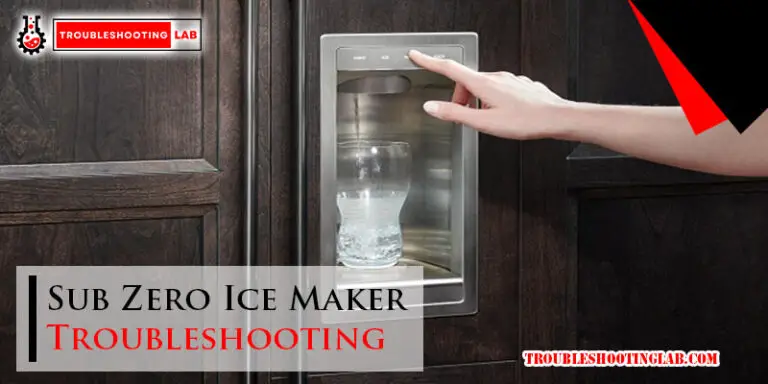

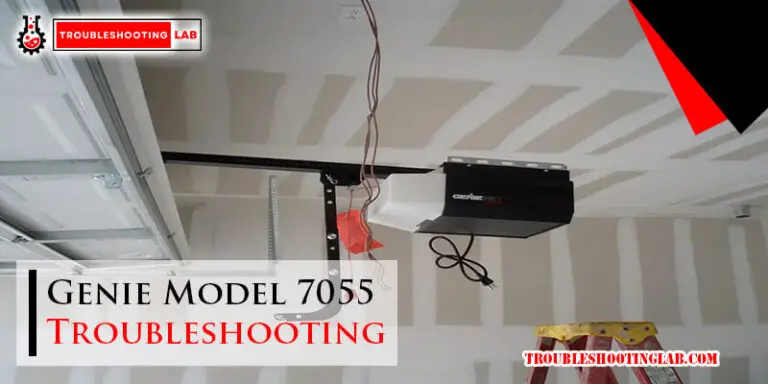
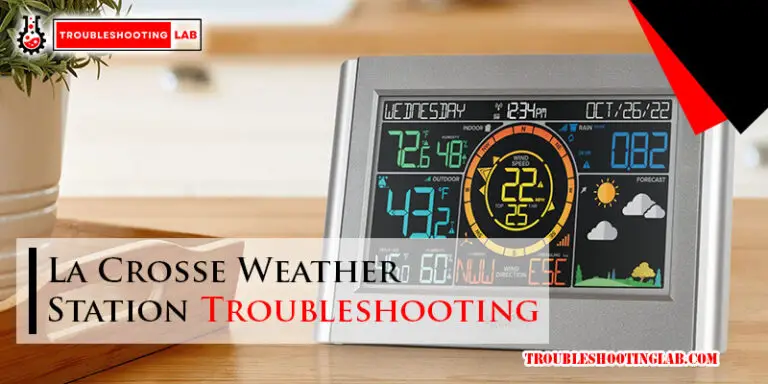

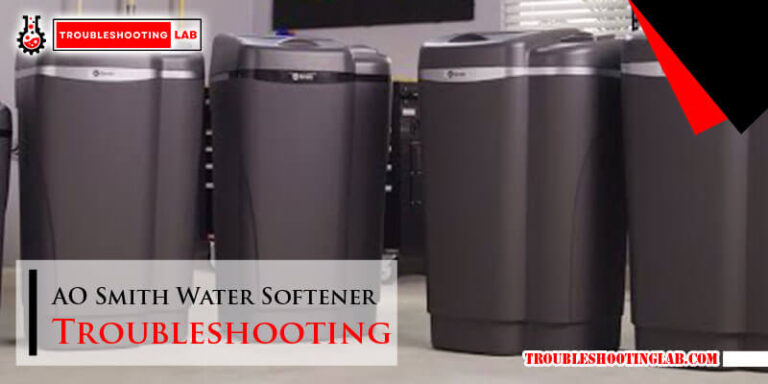
scotsmen MV 456 ice machine how much gas pressure we maintain 404a
For a Scotsman MV 456 using R-404A refrigerant, the typical pressure range is:
Low side: 20-25 psi
High side: 220-250 psi
Pressures can vary slightly based on ambient temperature. Always refer to the service manual for exact specs.